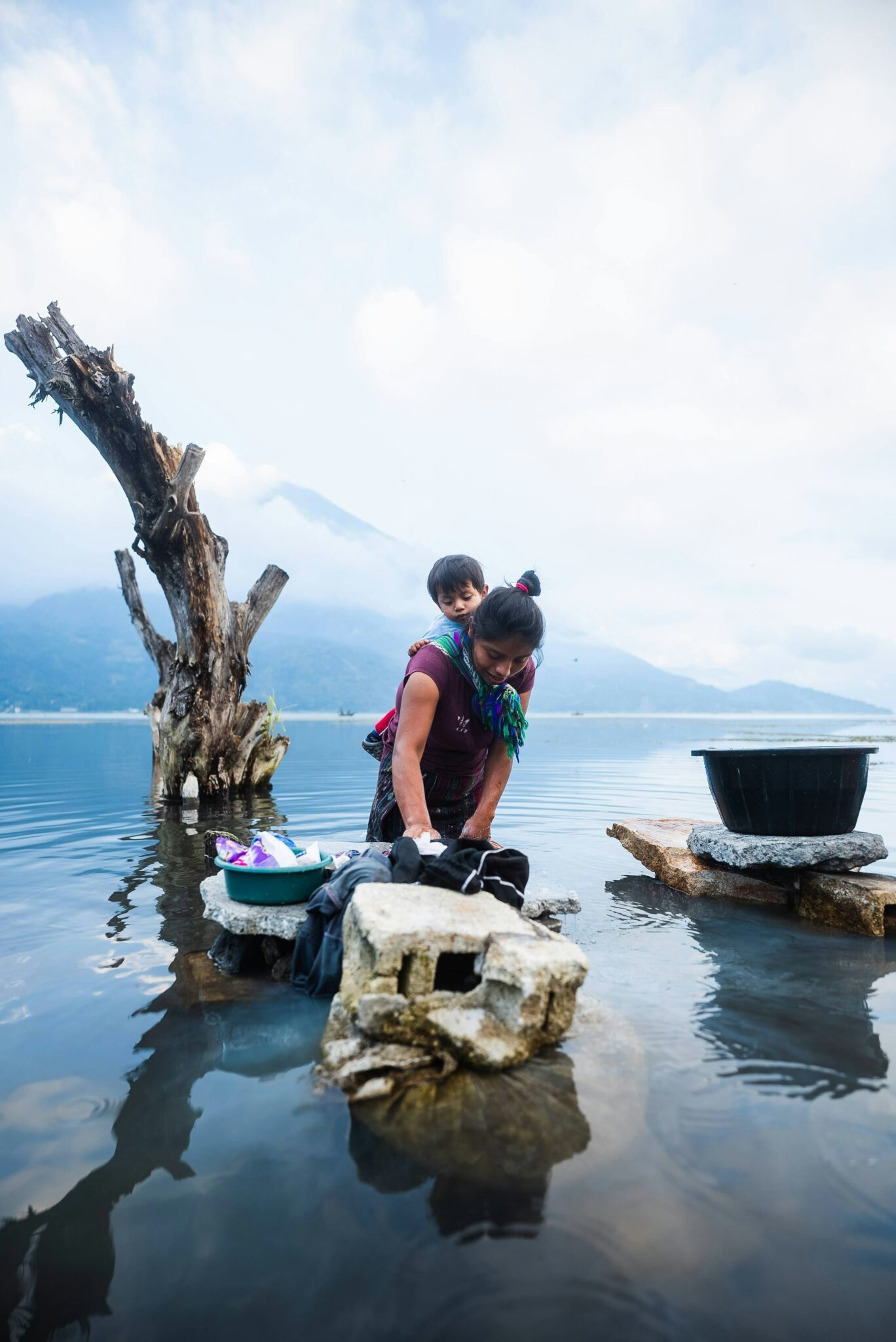Every day, 16 billion hours are devoted to unpaid domestic and care work (UDCW) around the world. As global populations age, these figures are set to rise, with a disproportionate impact on women, who perform the vast majority of this work. Quantifying UDCW is critical to understanding labour markets, employment trends, and gendered roles and inequalities.
To meet this growing need, the Statistical Standards and Methods Unit of ILO has developed a “light time-use measurement module,” an innovative tool building on the latest international best practice that offers more efficient and comprehensive data collection of UDCW, helping us move a step closer to a more equitable world of work and social justice for all.






